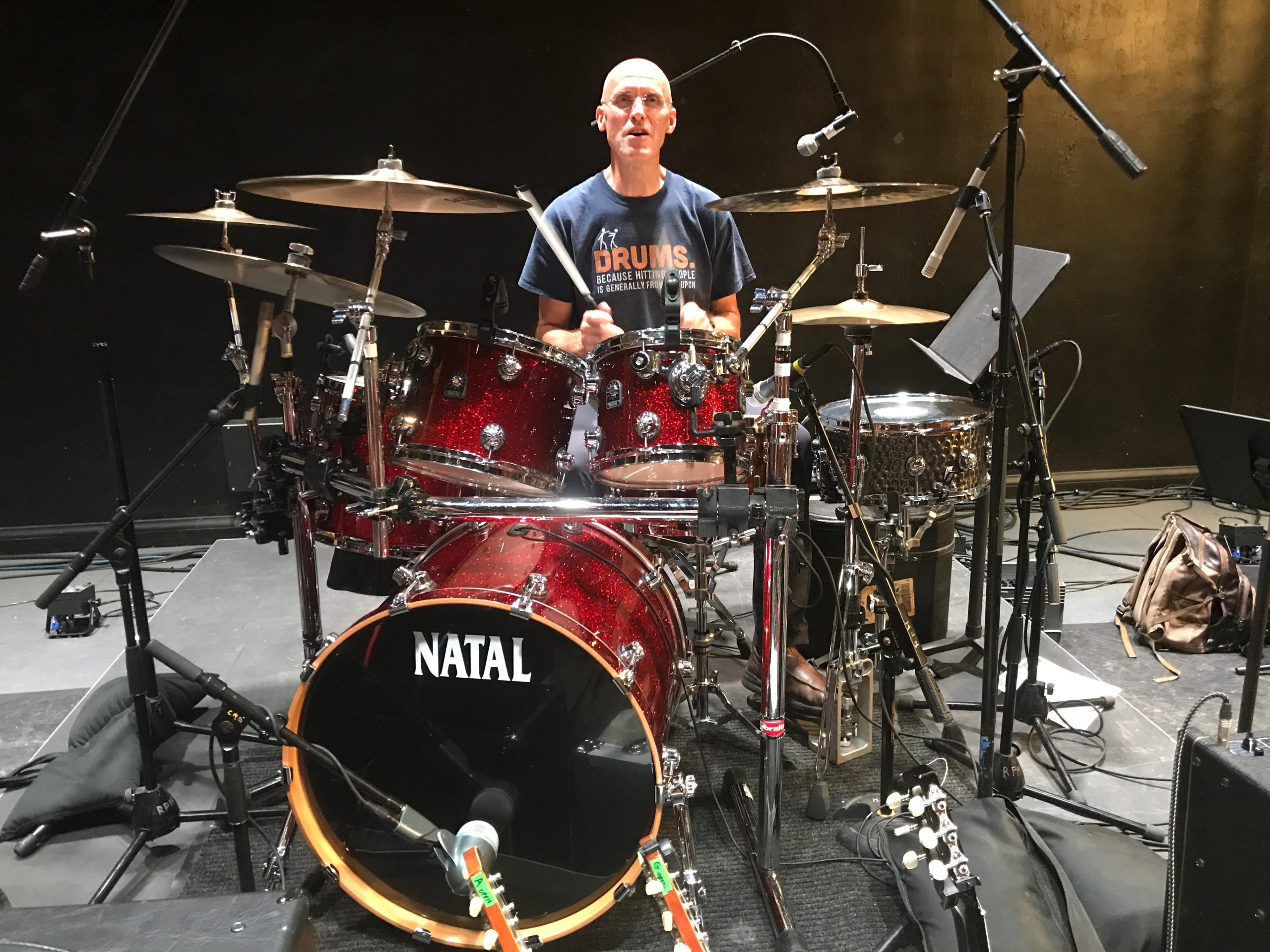BBC Needle-Time
Another way I honed my session recording skills was on BBC “You, the Night & the Music” sessions. These were quite Interesting: The Musicians’ Union was quite powerful then, and they had somehow cut a deal with the BBC for something called “Needle-Time Sessions.” This involved employing a certain number of musicians to record light pop arrangements of tunes. Each hour a musician was employed allowed them an hour of time the radio stations could play records (Radio 1 & 2 were the major source of airplay for most of Britain). SO, booking 20 musicians for 3 hours of recording allowed them 60 hours of “Needle-Time.” These sessions were from 9:30am – 1pm, with a 30 minute break in the middle. The band often comprised 20 musicians: 10 string players, 4-piece horn section 2 guitarists, a bassist, keyboardist, drummer & percussionist. We would normally track 6-8 songs, all straight to 1/2” 2-track, so there was no room for error or “heroics.” After all, the LAST thing I wanted to hear was “we need to do that again because the drummer made a mistake on bar 28.” I learned to pre-scan the charts for complicated bits, and I also learned to read a few bars ahead (not for the faint of heart, I can tell you). The tunes were often light-pop arrangements of well-known tunes, but that didn’t mean they were easy: often, the arranger was flexing their own “talent muscles” and as a result would present us with weird time signatures, key changes in strange places, entire tempo changes. You get the idea! The engineer would scramble to get a balance in the first run-through of the first song (often the most complicated one of the session), then the red light would go on, and we would start tracking! If we hadn’t completed 3 songs by the break at 11, we were in trouble. After the first tune, the engineer would simply hit “record” for all the run-throughs, and if the arranger thought we’d done a good take, we’d move on.
